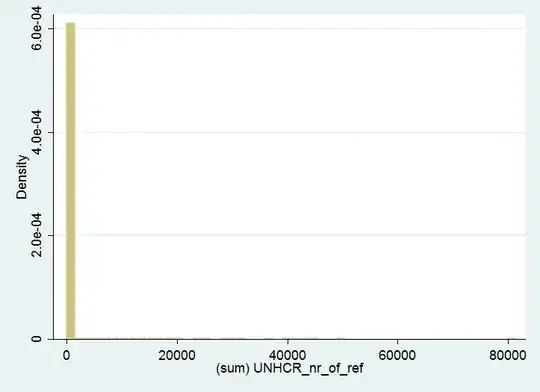I studied biomechanics and I'm kind of new to the world of machine learning. Nevertheless it would be great to get some feedback from some experts, what is possible and what is not possible with ML.
So: I would like to know if it's somehow possible to detect "problem spots" in a model response. And with problem spots I mean the peaks and valleys that can be seen in the attached picture. In this picture, a model response is shown depending on the variation of two model input parameters.Here I would like to know: Are there any kind of tools or algorithms that can be used to find this kind of problem spots in a model response? And if so, what can be recommended? Or literature that I should have a look to?
Maybe some information about the background: I'm working with high non-linear, explicit finite element simulations (approx. 1 Million Nodes). By generating a lot of data from these FE-simulations, I apply different surrogate modeling techniques to this data to finally predict a model response (scalar responses or vector responses by using for example Gaussian Processes, Neural Networks, etc..). Another option is to first apply a dimensional reduction method (like PCA) and then use a meta modeling approach like regression, neural networks, etc..
After all these model reduction steps I would like to further investigate the model response (especially the peaks and valleys) that is predicted by the surrogate model and is shown as a simple example in the attached picture. I hope it's clear what I'm asking for. Feel free to ask and I'm happy about every feedback :) Thanks in advance for your help :)
Kind regards, Maloouu
